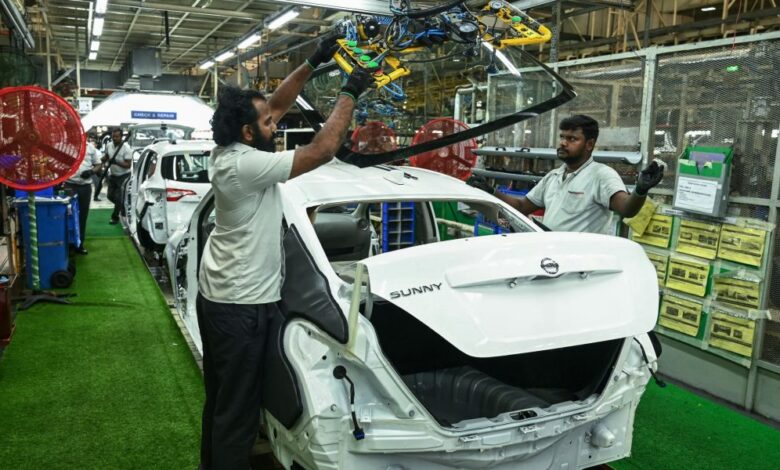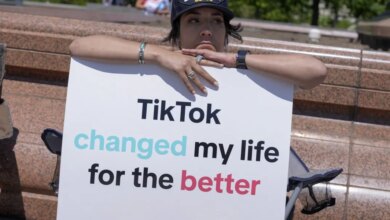Young Indians more likely to be unemployed if educated: ILO


In India, higher educated young people are more likely to be unemployed than those without any schooling, according to the International Labour Organization.
The jobless rate for graduates was 29.1%, almost nine times higher than the 3.4% for those who can’t read or write, a new ILO report on India’s labor market showed. The unemployment rate for young people with secondary or higher education was six times higher at 18.4%.
“Unemployment in India was predominantly a problem among youths, especially youths with a secondary level of education or higher, and it intensified over time,” the ILO said.
The figures suggest a sharp mismatch between the skills of the labor force and the jobs being created in the market. It also underscores warnings by well-known economists like former central bank Governor Raghuram Rajan that India’s poor schooling will hinder its economic prospects over time.
“Youth unemployment rates in India are now higher than the global levels,” the ILO said. “The Indian economy has not been able to create enough remunerative jobs in the non-farm sectors for new educated youth labor force entrants, which is reflected in the high and increasing unemployment rate.”
In China, the jobless rate for young people aged 16-24 climbed to 15.3% in the first two months of the year, about three times higher than the 5.3% rate for the urban population.
While the share of young unemployed Indians — aged 15-29 — dropped to 82.9% in 2022 from 88.6% in 2000, the share of educated youths climbed to 65.7% from 54.2% in the period, the ILO figures show.
Women are particularly hard hit. They accounted for 76.7% of the educated unemployed youths compared with 62.2% for men, the figures show. Joblessness was also higher in urban areas than in rural parts.
India has one of the lowest female labor force participation rates in the world, at about 25%, the ILO said. The rate improved during the pandemic after a “significant increase” in subsistence employment, it said.
The report also cautioned about the rise in so-called gig jobs, or temporary and low-paying employment, like food delivery drivers. Digital platforms have blurred the distinction between employees and self-employed individuals, creating new challenges for the well-being and working conditions of workers, the ILO said.
— With assistance from Swati Gupta
Source link




